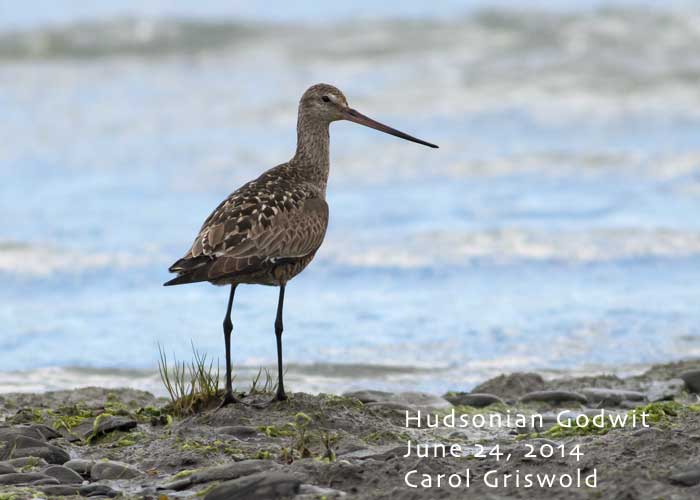Sunrise 4:34 am, sunset 11:26
pm, for a total day length of 18 hours and 25 minutes. Tomorrow will be 1 minute
and 6 seconds shorter.
Cool cloudy weather continues with
occasional sprinkles and sunshine, temps in the mid 50s. The forecast, if it is
to be believed, is for 72º on Saturday with more sunshine on Sunday. We shall
see!
It was a pleasure, as always,
to watch the graceful ARCTIC TERNS today, full of moxie, zipping after BALD
EAGLES and RAVENS like fighter jet escorts at the border. One caught a rather impressive fish and
paraded that fish around and around, crying exultantly, openly bragging, long
after the poor fish was asphyxiated. I hope that eventually the tern remembered
to haul it back to any chicks, waiting hungrily for delivery.
Another tern dove with a big
splash and caught a minute fish, smaller than a chick snack. To my
astonishment, another tern dove down and ATTACKED the fisher, grabbed one of
its outer tail feathers with its strong red bill and pulled hard. The attacked
tern struggled to fly away. Weighed down by the intruder, it almost went into
the water. You can imagine the racket as both birds screamed, one in surprise
and indignation, the other hurling bad, bad tern words. Maybe both were.
It was over in a trice; the
attacker released the feathers and the victim flew free, feathers intact, still
holding the tiny fish between its clenched bill. I have never witnessed a tern
attack another tern. I cannot conceive why. Certainly, it wasn't because of the
fish, which was no prize. Very puzzling. But what a drama!
Happy Birding!
Carol Griswold
Seward Sporadic Bird Report
Reporter




















































